
The Order of Engaged Buddhists is a contemporary Buddhist teaching order that follows monastic observances and offers two unique training paths depending on an individual’s interest in how they wish to develop their structured Buddhist practice. The first path is focused on individual scholastic study. The second is a vocational path leading to Cleric ordination and community ministry. Both paths honor the Mahayana Ch’an and Soto Zen lineage of our founder with an emphasis on academic study and contemplative spiritual practice. In a Western culture where more secular types of ministries are favored over a stricter residency structure, those new to Buddhist formal study are challenged to find a balance between living in the real world and finding the time to practice a contemplative routine outside the walls of a traditional temple. The essential practice of zazen, or mindful meditation, is complemented with insight meditation in order to enrich the development of a contemplative practice. At the same time we share our inner journey of awakening, by taking the time necessary to acquire a strong understanding of Buddhist philosophical thought, principles, values and it’s psychological aspects for human flourishing to create a well rounded Buddhist practice supporting either a formal scholastic path of a Bhikkhu monk or a vocational path leading to ordination.
It is our belief that a developing dharma practice is only as valuable as the social engagement that is brought into action with intent. You learn by doing. Study, meditation, and personal practice is not enough. You must put what you learn into action. Only by social engagement do you encounter the lessons in “real time.” We must get out and do, even if it is not under a Buddhist banner. Personal practice and social engagement can not exist apart from each other. The creative tension between our personal and social focus constantly forms and shapes our culture. Personal and social engagement become the two poles of a culture of awakening. OEB is dedicated to training individuals with the skills necessary to go out in our communities as servant/leaders and seek out ways to bring human flourishing to those we engage based on the various roles we are trained to do.
There are a growing number of excellent Buddhist training communities both for residency formation and secular education throughout America and other Western countries. Many of these are composed of Western students which is a growing trend for expanding Buddhist interests in our culture. The 21st century is an exciting time for engaging Buddhist study as past Asian-legacy practices are being enriched by modern Western methods that resonates in useful and positive ways for those encountering Buddhism for the first time. This is very evident in Buddhist formal training. OEB is similar to other centers training efforts, but our focus on developing a contemplative interior practice that promotes a deep awareness of our intent and our interconnectedness with all things in order to facilitate the insight of an exterior altruistic practice, as well as living under specific Rules of Conduct (Customary Canon) as one way we may differ in approach to dharma Formational practice.
Siddhartha Gotama, the Buddha, from the very beginning of his teaching focused on an interior personal practice that is supported by a community of like minded individuals. Training the mind is the key to awakening to our Universal human expression. We learn who and what we are in order to arrive at how we are. That journey begins when we get the self out of the way, and open our spiritual natures to the world around us without using distorted filters. Our Western culture has developed over thousands of years a spiritual contemplative tradition that Buddhist practitioners can learn from. The Christian monastic model has much to teach us when we avoid methophysical entanglements and use creative re-description to develop a structured contemplative practice based on Buddhist thought. Many of us come from such a tradition and are looking for a Buddhist practice that also supports a contemplative life experience. This can be accomplished without having to leave the householder life completely. A constructive and pluralistic practice can be achieved by living singly or together in smaller chapter houses, but still connected to our communities.
As a contemplative community lives together, either in groups or alone but connected, they do so with a sense that they are not separate from the lay community they live side by side with. We should avoid any notion of “inside or outside.” The concept of “separation from the world” that can arise in a monastic community is yet another illusion. Even for those monks
living within the walls of a temple. We must never forget we are social-selves and agents for change. We do not take vows to become a different species of being.
The term vocation is not often heard in Buddhist formal training. The word, nonetheless, is an appropriate one all the same to refer to a person’s intentional actions that brings them to want to seek to live under specific vows and rules. A vocation is not simply to be a monk or priest, but to work together in the creation of our own life, our own identity, our own way of characterizing our practice that transitions from the ordinary to the extra-ordinary. Our vocation adds a special “extra” to our ordinary practice. This means that we should not just passively engage our practice alone, but to actively participate in engaging others by choosing this reality that is characteristic of our Universal expressions. It is truly grabbing the bull-by-the-horns that creates the struggle necessary to awaken to The essence of our Buddha natures. We are even moved to share the work of creating the reality of our identity so we can better share this awakened wisdom with others. The life our vocation moves us towards is a labor that requires sacrifice, risks, and much doubt along the way. It also demands close attention to reality at every moment, and great fidelity to our Bodhisattva vows as we engage each situation with renewed energy that fortifies our contemplative body-mind which is required for a dedicated spiritual inner life.
We come to have gratitude when we discover a form of freedom from ourselves, which are signs that we have found our vocation and are living up to it even through everything else may seem to be a challenge. There is only one vocation, not many vocations. Although we each seek to find the unique thread in the vocational cloth that binds us together. As a monk, we each wear the robe of liberation. Our challenge is to awaken to this reality.
OEB extends an open hand to all those that are seeking a formal structured practice under guidance of our Prior and senior priests, that have either taken Buddhist vows and have become itinerant monks or clerics, or have had previous experience with formal training. OEB is a non-sectarian community that is open to all traditions, for those that wish to step on a new path of discovery. For those non-Buddhist individuals that may be exploring a transformation from other spiritual/religious experiences to a Buddhist one, you are most welcome to explore what we have to offer. We value experience, continued education, and dedication to a spiritual worldview no matter your past affiliations. We have much to learn from each other.
MISSION:
The mission of the Order of Engaged Buddhists is to provide the opportunity within a structured student/teacher & community relationship for those seeking to continue their formal training, or advance their current, or past, experience in living a balanced life between a contemplative practice and social engagement. We are an international teaching Order that values the lessons discovered when we engage Buddhism pragmatically to foster wisdom and compassion in the common language of understanding. We practice pluralism and honor the path to learning what the Buddha embraced as skillful means. We honor the historical nature of an engaged practice, at the same time we must find the combination of first doing good for our own spiritual well being, as we next step out into our communities to share that fruit which comes form a dedicated contemplative mind. We develop and enhance a social formal practice that fosters encompassing and corrective action that respects the ethical and moral values inherent in the Three Pure Precepts.
If you are interested in exploring what our Order has to offer your developing practice, please send an email to oebvocationdir@gmail.com telling us a little about your dharma path, and we will explore the options together.
LEGAL STUFF
All postings on this site are privileged or otherwise protected against copyright infringement, work product immunity, or other legal rules that apply. All posted work and images are proprietary and intended solely for the use of OEB and their authors. Reposting, copying, or transmitting the work is only permitted by permission of OEB with appropriate attribution.
While every caution has been taken to provide our readers with most accurate information and honest analysis and opinions, please use your discretion before taking any decisions based on the information in this web-site or blog. The information presented is provided “AS IS” with no warranties, and confers no rights. Feel free to challenge or disagree with us, but we reserve the right to delete any comment for any reason whatsoever (abusive, profane, rude, or anonymous comments) – so keep it polite, please. Remember that priests are people too, and our thoughts and opinions change from time to time which is a necessary consequence of having an open mind. Our posts are a snapshot and manifestation of our thoughts of the moment, and as such any opinions expressed within out-of-date posts may not be the same as those currently being considered.
OEB LEGO: Our logo was created for us by one of our lay students from Long Island NY. His name is Gary M. Long and he is a professional artist living and practicing in Long Island. This logo is ©️ OEB 2019 and may not be used without permission.


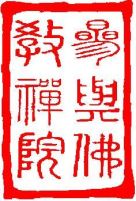
































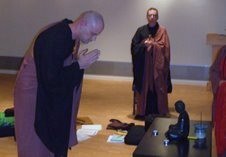

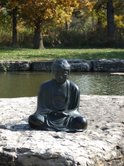







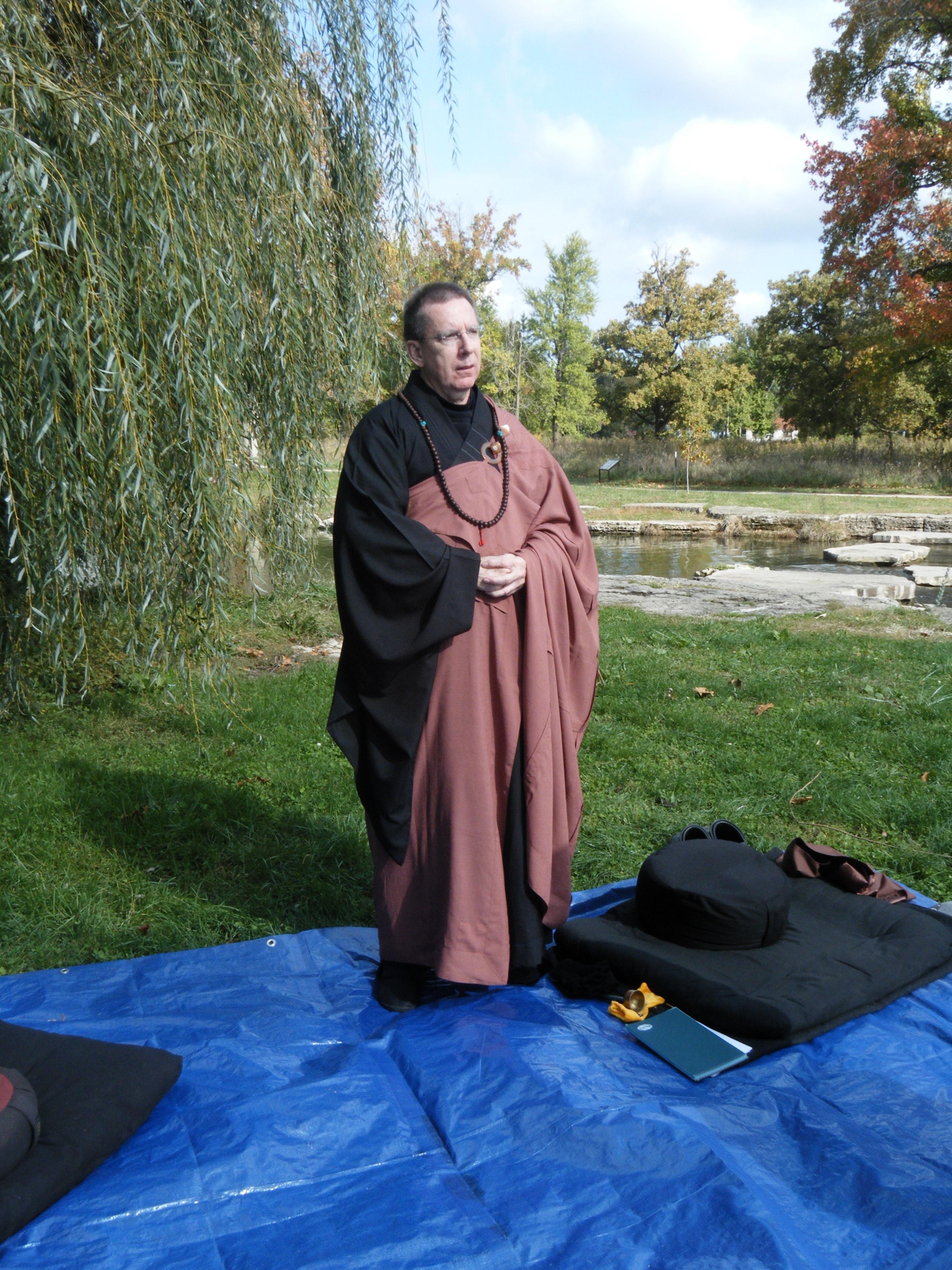






























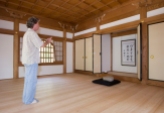






To Rev. David Astor, I just read your article in the Sebring, Fl. daily news. I have practiced Qigong for 3 years with amazing healing results (age 86) Learned of Qigong when researching my book on life’s beginnings. I welcome your thoughts on my 100 page booklet. Tom Judge , Sebring, Fl. tom@freedom33consulting.com
Tom, thanks for reaching out. Qigong is a wonderful practice and I will be introducing it in our Zendo too in Sebring. I did not see how to get the booklet other then your email address. I hope to see you in our center soon. 🙏🏼
David Sensei
Hi! Please respond to my freedom33 email and I will attach my ATLAS DYING booklet for your comments. Tom